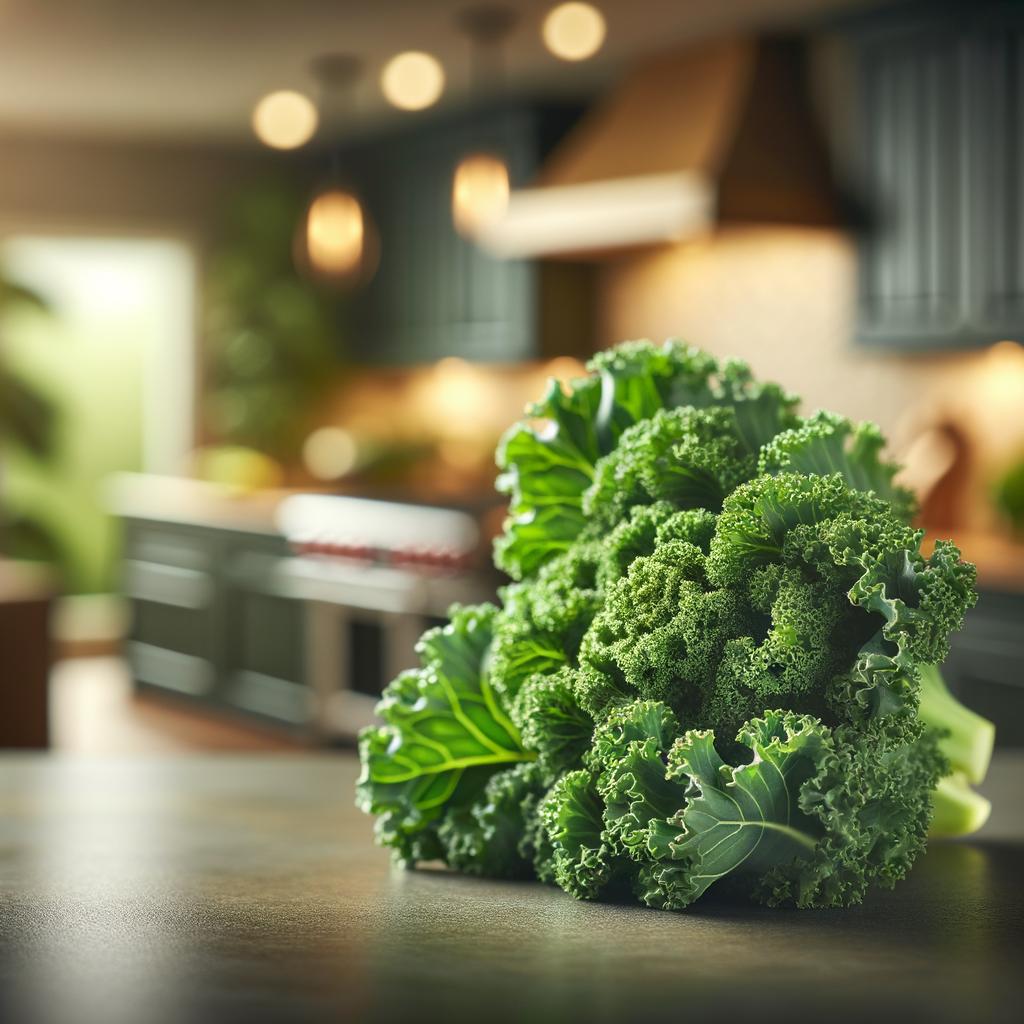Kale

Description
Kale, also known as "the queen of greens," is a leafy green vegetable that belongs to the Brassica family, a group that includes cabbage, collard greens, and Brussels sprouts. It flaunts a vibrant, deep emerald hue and a robust, hearty texture. The leaves range from curly to smooth, depending on the variety, and have a slightly bitter, peppery flavor that can be wonderfully complex. What sets kale apart from its leafy counterparts is its resilience to cold temperatures and its ability to retain its texture even when cooked, making it a versatile ingredient in various culinary applications.
Primary Uses
Kale is a culinary chameleon, used in an array of dishes across different cuisines. It can be sautéed, baked, blanched, or even consumed raw in salads and smoothies. In Italian cuisine, it's often used in hearty soups like minestrone, while in the American South, it's traditionally slow-cooked with ham hocks and spices. It's also a popular ingredient in health-conscious recipes, like green smoothies and kale chips. Beyond its culinary uses, kale has been used in traditional medicine for its purported health benefits and has a deep cultural significance in many societies, particularly during festive occasions.
History
Kale has a rich and romantic history that dates back to ancient times. It was cultivated by the Greeks and Romans and was a staple in the diets of early European peasants. During the Middle Ages, kale was one of the most common green vegetables in Europe, and its cultivation spread across continents over time. During World War II, the cultivation of kale in the UK was encouraged by the 'Dig for Victory' campaign, as it was easy to grow and provided important nutrients to supplement those missing from a normal diet due to rationing. There's even a Scottish legend that a beautiful maiden who dreams of a garden full of kales will soon fall in love and marry.
Nutritional Information
Kale is a nutritional powerhouse packed with an array of vitamins, minerals, and antioxidants. It's incredibly rich in Vitamin K, Vitamin A, and Vitamin C, and also contains a good amount of calcium and iron. It is low in calories but high in fiber, making it a great choice for those watching their weight. The health benefits of consuming kale are numerous, from supporting heart health to promoting better digestion and boosting the immune system. When compared to other leafy greens, kale stands out for its exceptionally high nutrient content. It's truly a testament to the saying that good things come in small packages.

